Ground penetrating radar, or GPR, has come a long way from dragging a cumbersome box across the ground to send electromagnetic pulses into the earth to scan the tomography. Florida geophysical research within the atmospheres of seismology, geomagnetism, volcanology and oceanography has been an active force behind GPR advances.
Applications for ground penetrating radar include:
• Earth sciences – studying soils and bedrock, ice and groundwater
• Environmental remediation – used to define contaminant plumes and landfills
• Archaeology – for mapping features and locating cemeteries
• Nondestructive testing (NDT) – for existing structures and paved surfaces, for locating underground utilities in the form of pipes, sewage, power and water mains, and for studying bedrock soils
• Law Enforcement – locating buried evidence and clandestine graves
• Military – mine detection, tunnels, unexploded ordinance
In Florida and particularly in Orlando, GPR has been useful in the latest applications of ground xray to obtain critical information on potential elements or obstructions that are contained underground or within existing structures. With the capability that ground penetrating radar has to capture two- and three-dimensional images of the areas being scanned, this technology has allowed for truly non-destructive testing in a host of environments. Ultimately, this makes for a safe working environment, reduces risk and costs previously related to locating materials within such surfaces as pavement, rock, concrete, metal, plastic, steel, soil, and even ice.
Ground-based detection in Orlando looks for lines that are in place for water, gas, electrical, fiber optic and cable lines prior to the excavation work to be performed in the process of building. The goal is to prevent damage to existing underground lines and the surrounding environment in addition to establishing safety for job site workers. These ground-based services are performed simultaneously with the Florida state one-call utility detection agency and any other utility data available. Prospective clients can be of great support in providing whatever information they can obtain about a given project area.
Orlando has seen testing further advanced with the use of GRP Inspection, which allows for the detection of deterioration within a project area’s hidden environment. Glass-fibre Reinforced Plastic materials have been recently introduced in onshore and offshore environments and, as with other materials, flaws can be found in GRP during different stages of production. GRP Inspection is particularly useful in identifying deviations from functional requirements as soon as is possible.
GRP pipelines have advantages over their steel counterparts, specifically, ease of manufacture, lower installation costs, resistance to corrosion and fire, and low weight. GRP inspection procedures have been developed to test the adhesion bonds in GRP pipelines. Suitable NDT techniques include visual inspection, measuring and surveying equipment, pressure testing, acoustic emission, ultrasonics, radiography, thermography, and microradiology. GRP Inspection can detect flaws due to incorrect dimensions, impact or wear damage, incorrect lay-up in lamination, incorrect curing, misaligned joints, voids, improper treatment of joint adherends or excess adhesive.
The use of ground penetrating radar in and around Orlando, Florida continues to bring this technology to advanced stages as methods continue to be applied. Making the industrial workplace safer and protecting existing subsurface strata through GPR is working smarter, not harder and has advantages that are useful to the industry as a whole.

